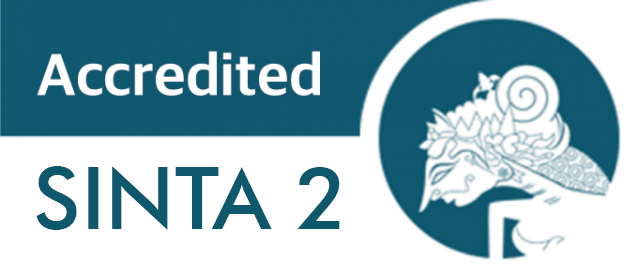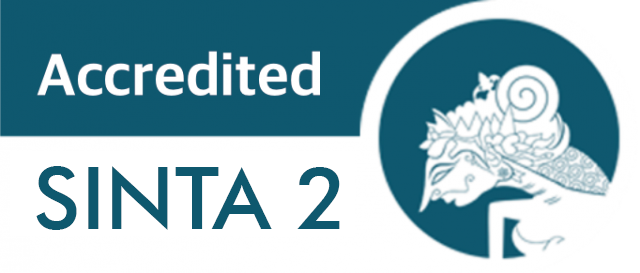Neuropsychiatric Symptoms in Corticosteroid Induced Systemic Lupus Erythematosus (Sle) Patients: a Case Report
Downloads
Introduction: Systemic lupus erythematosus (SLE) is a chronic autoimmune inflammatory disease with an unknown etiology and various clinical manifestations, course, and prognosis. Classes of medication used in the management of SLE include non-biological immunosuppressives, corticosteroids, biologic therapy, and immunoglobulins. The effect of using corticosteroids in the management of SLE still evokes debate regarding the emergence of mental health disorders. Case: A 24-year-old female patient was admitted to the hospital with an initial diagnosis of acute confusional stage, anemia, chronic disease, and systemic lupus erythematosus (SLE). Anticonvulsants, corticosteroids, and packed red blood transfusions had been given to the patient. The course of the disease during the hospitalization the next days, the patient experienced slurred speech, giggling, place and time disorientation, and visual hallucinations. The patient was consulted to a psychiatrist, got atypical antipsychotics and benzodiazepines, and then experienced improvement. Discussion: Patients with moderate SLE, in this case characterized by lupus nephritis, were given corticosteroids. Administration of corticosteroids to SLE patients will increase the risk of developing neuropsychiatric symptoms such as acute confusional state, anxiety, mood disorders, cognitive disorders, and seizures. This can occur due to increased permeability of the blood-brain barrier mediated by pro-inflammatory cytokines, resulting in the formation of autoantibodies against neural antigens, in which phospholipid proteins appear intracranially. Conclusion: Corticosteroid administration in SLE will cause neuropsychiatric symptoms such as slurred speech, giggling to herself, delirium, and visual hallucinations. Further design studies are needed to address the neuropsychiatric effects of corticosteroids in SLE.
Copyright (c) 2024 Tri Ratnawati

This work is licensed under a Creative Commons Attribution-ShareAlike 4.0 International License.
1. Copyright of this journal is possession of the Author, by the knowledge of the Editorial Board and Journal Manager, while the moral right of the publication belongs to the author.
2. The journal allows the author(s) to retain publishing rights without restrictions.
3. The articles are published under a Creative Commons Attribution Share-Alike (CC BY-SA) license. Many research funding bodies prefer the CC BY-SA license because it allows for maximum dissemination and re-use of open access materials. Users are free to share (copy, distribute, and transmit) and remix (adapt) the contribution under this license, including for commercial purposes, as long as they attribute the contribution in the manner specified by the author or licensor.




























